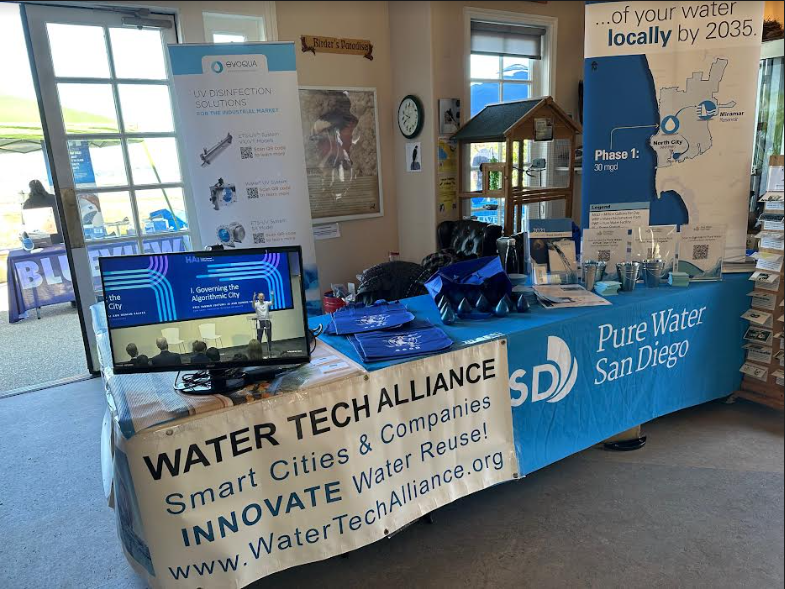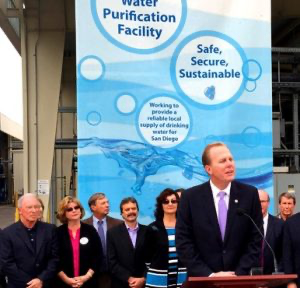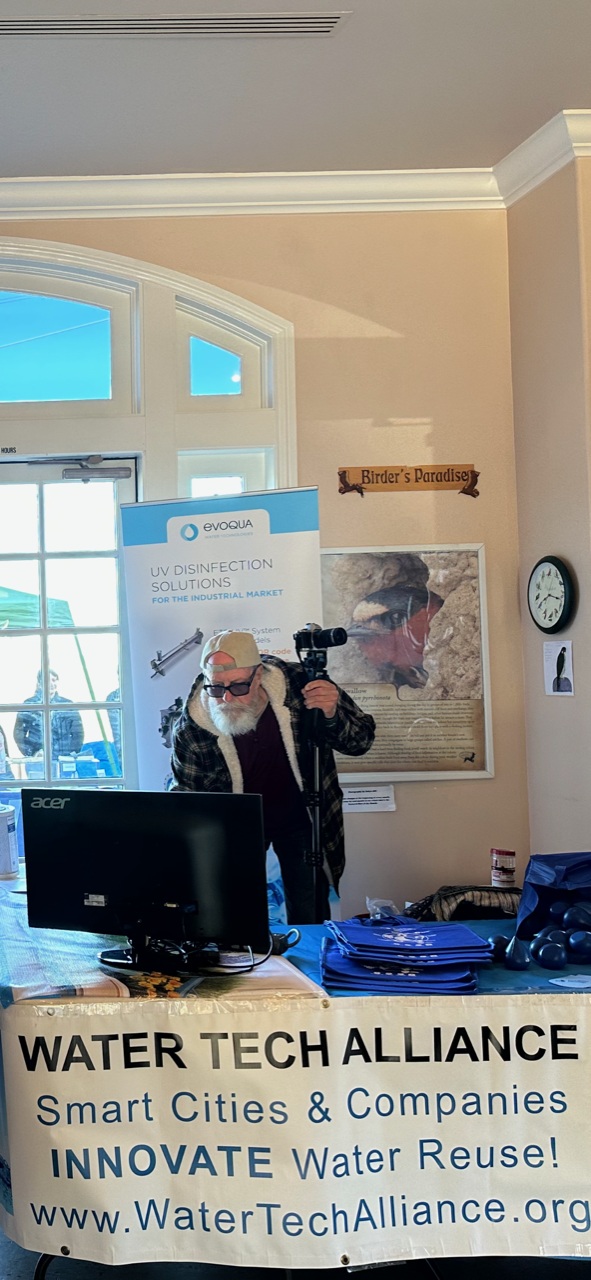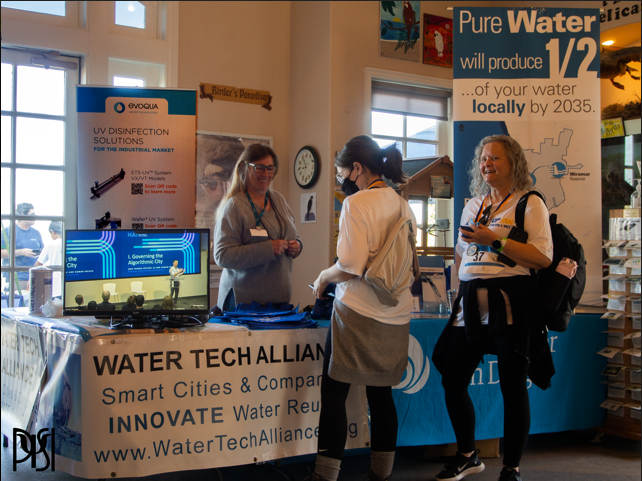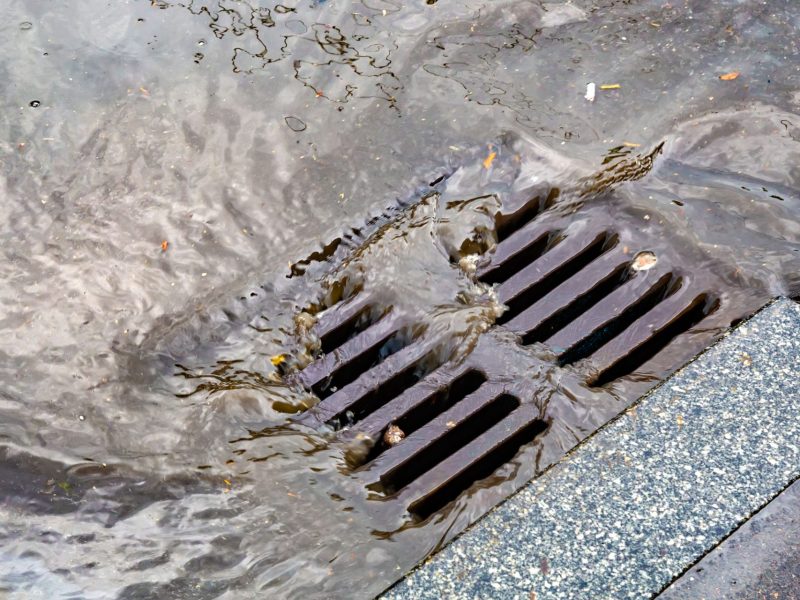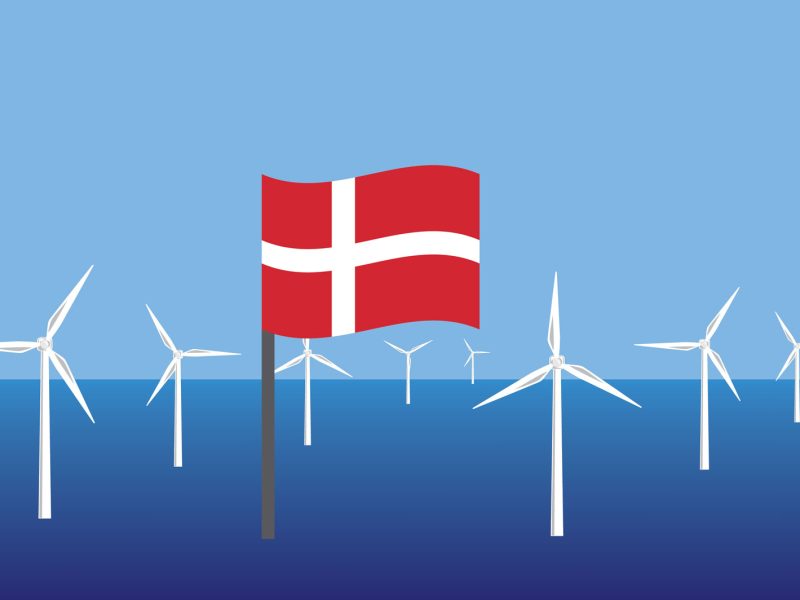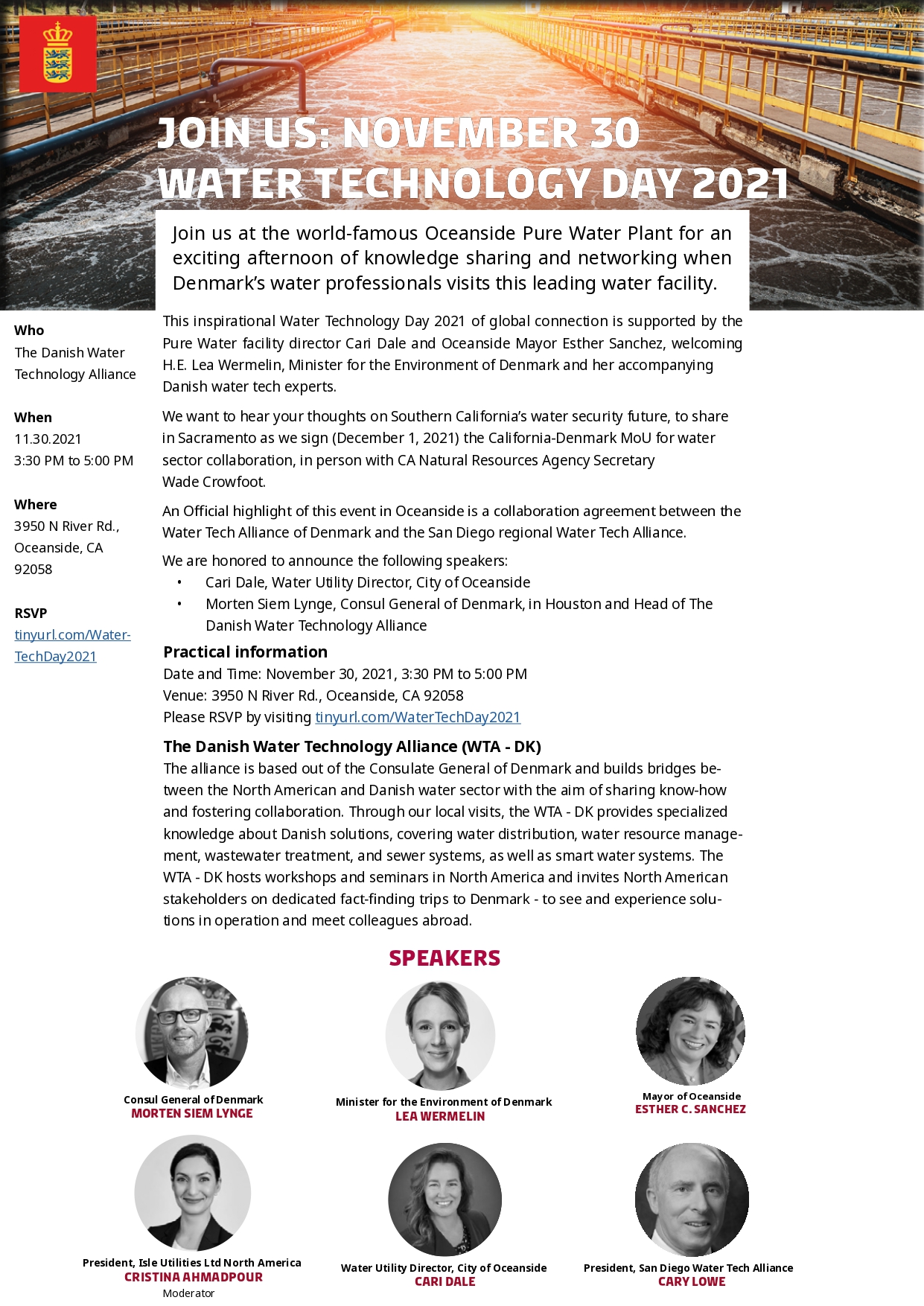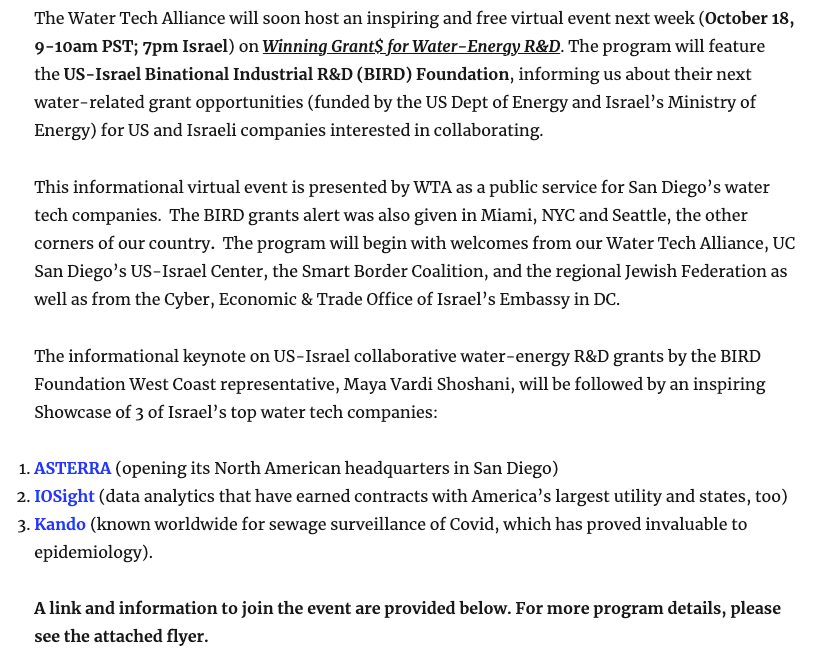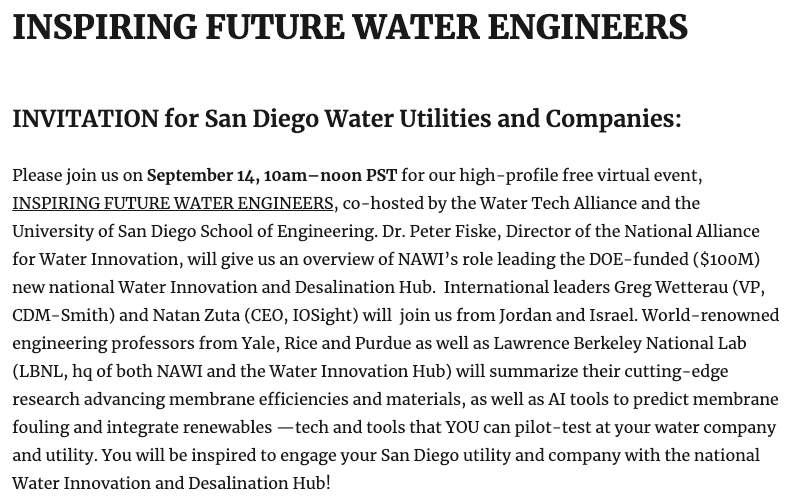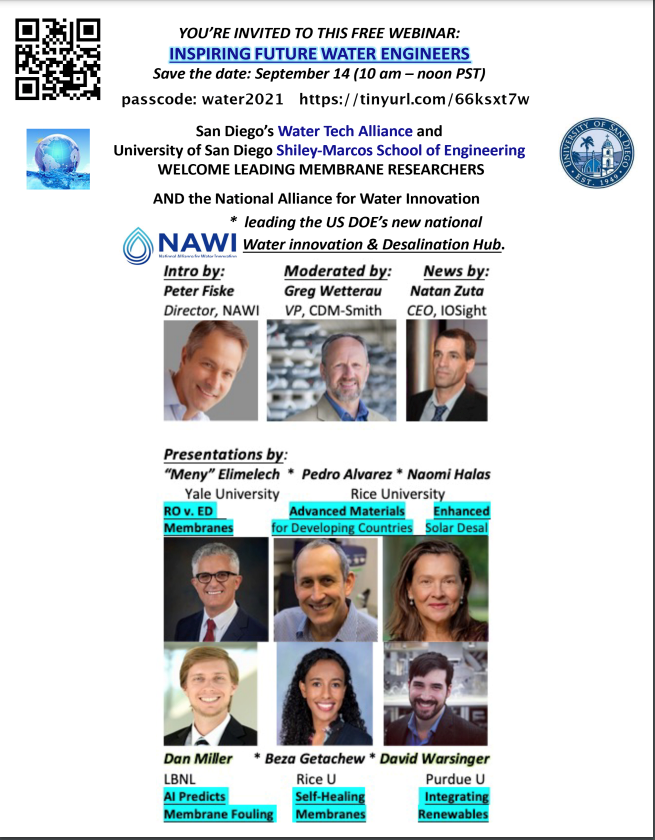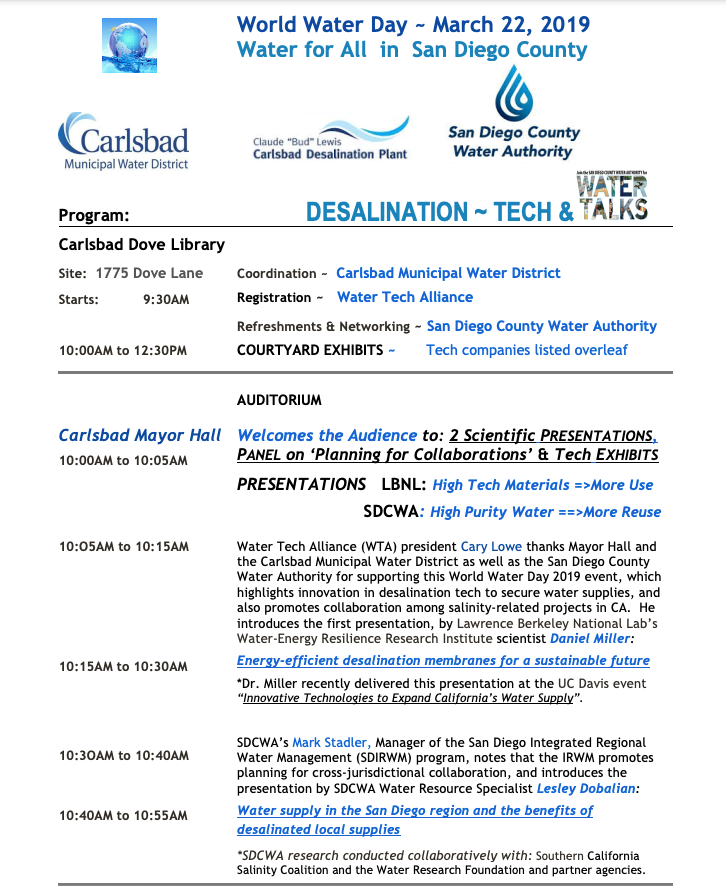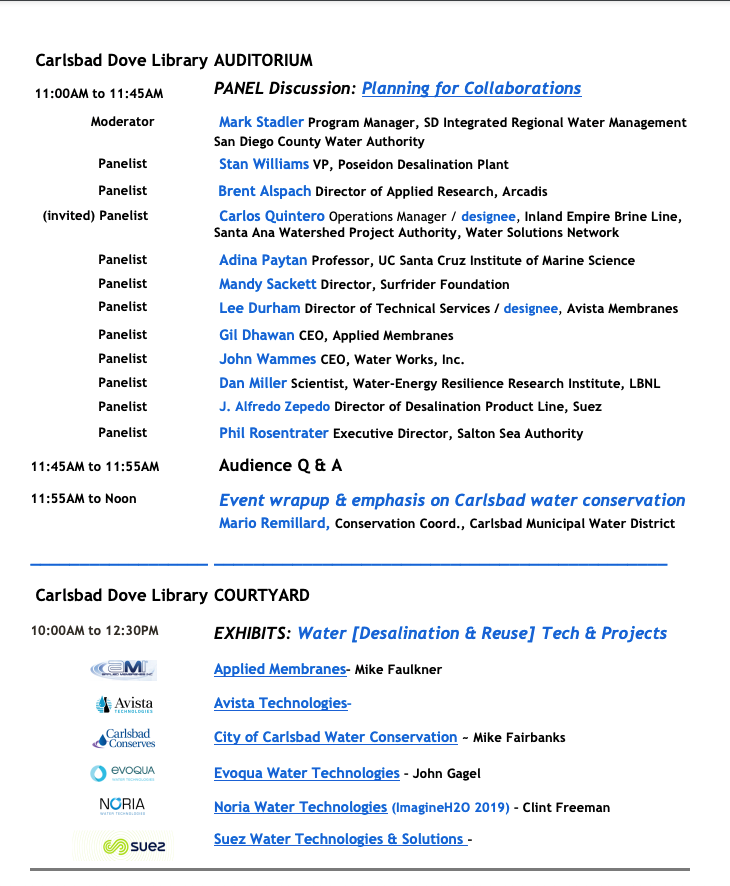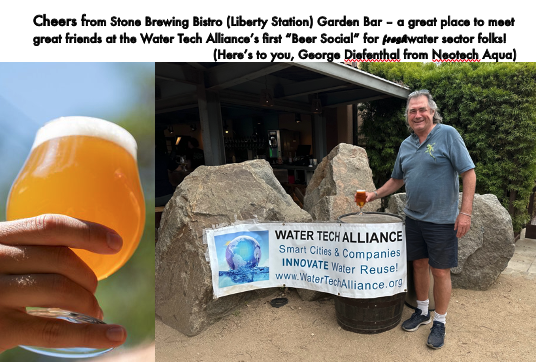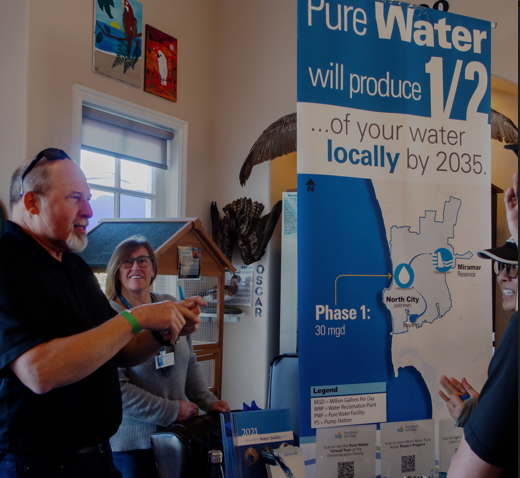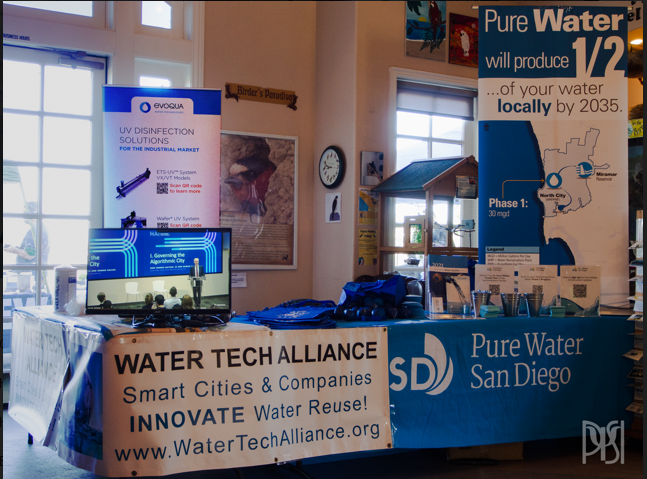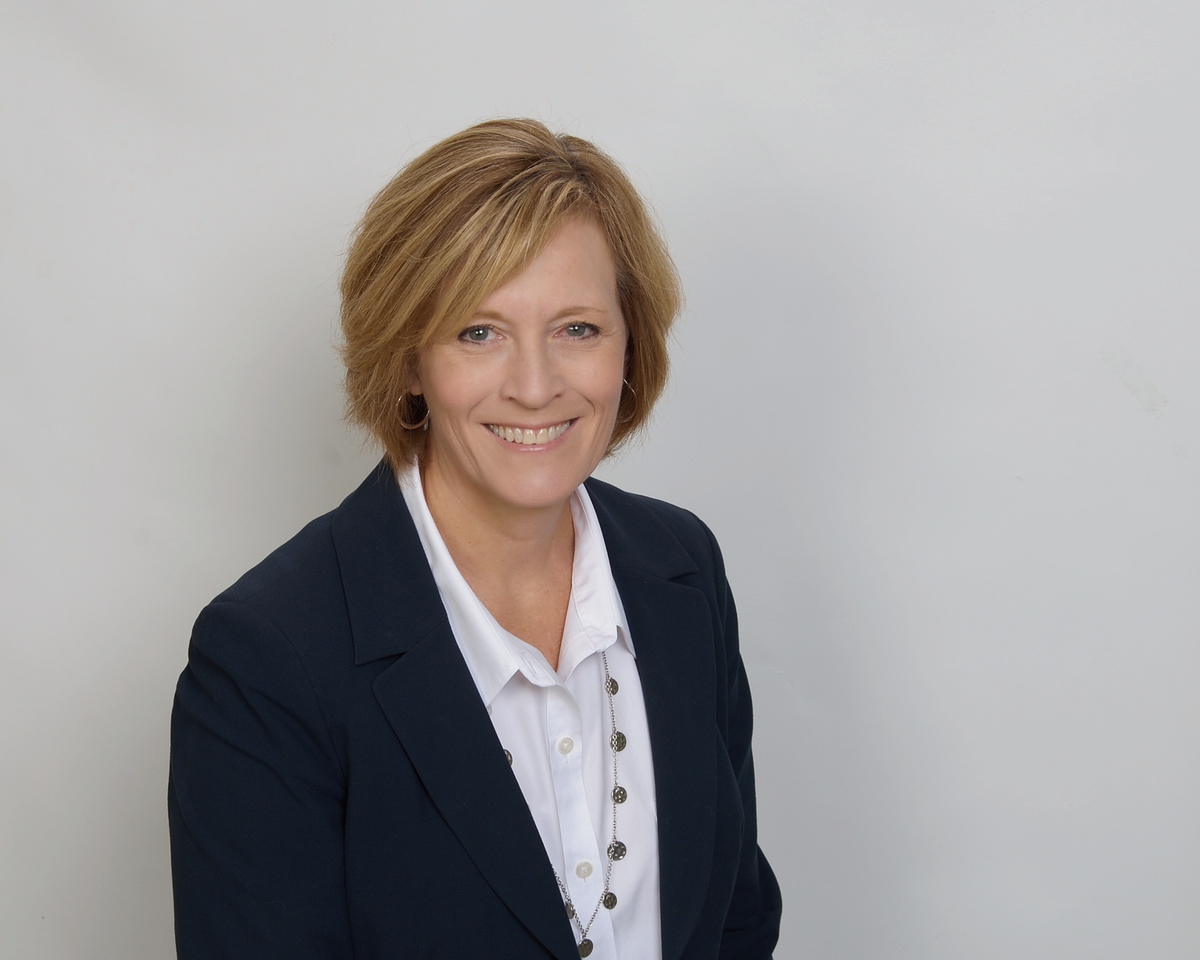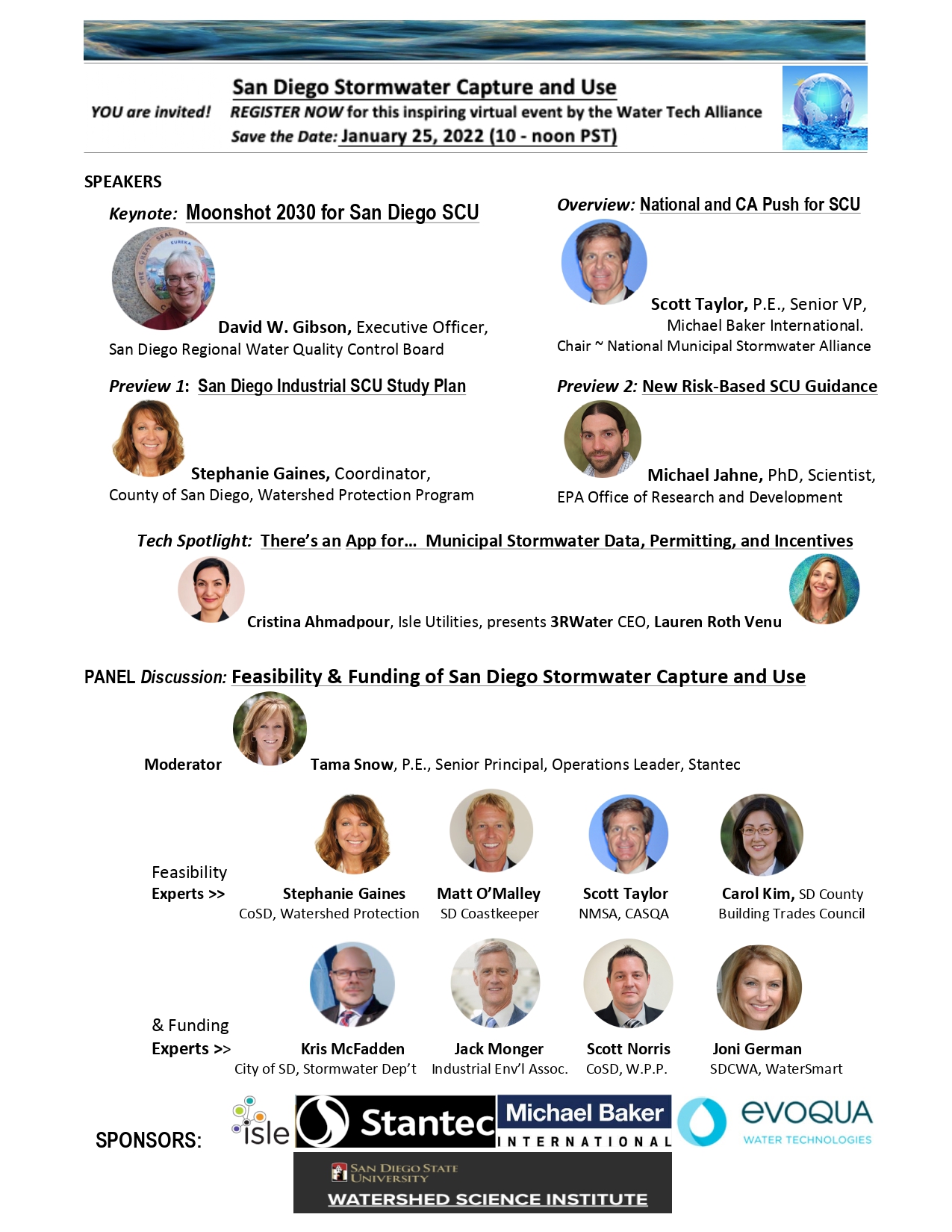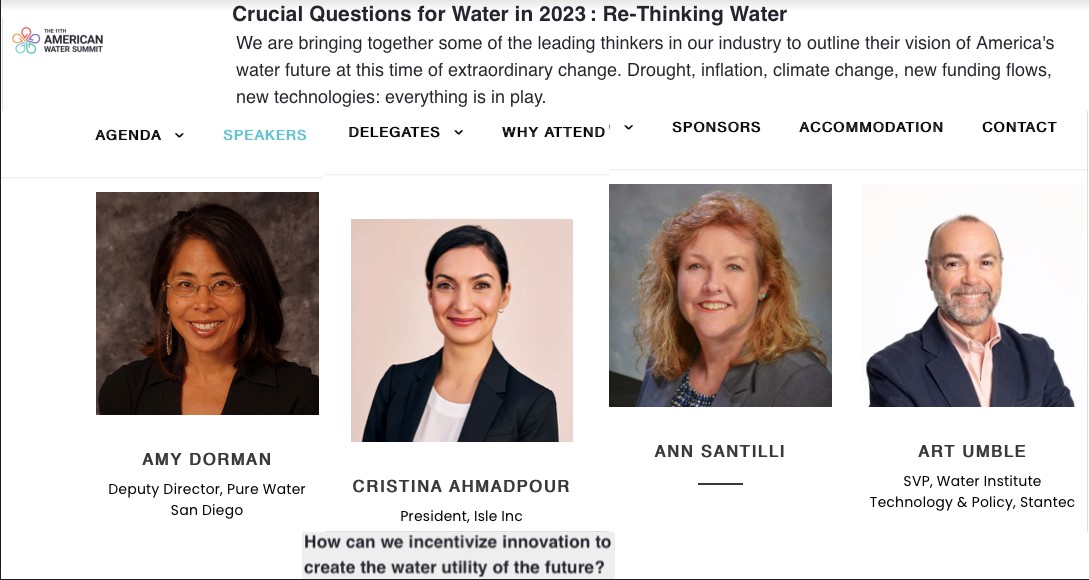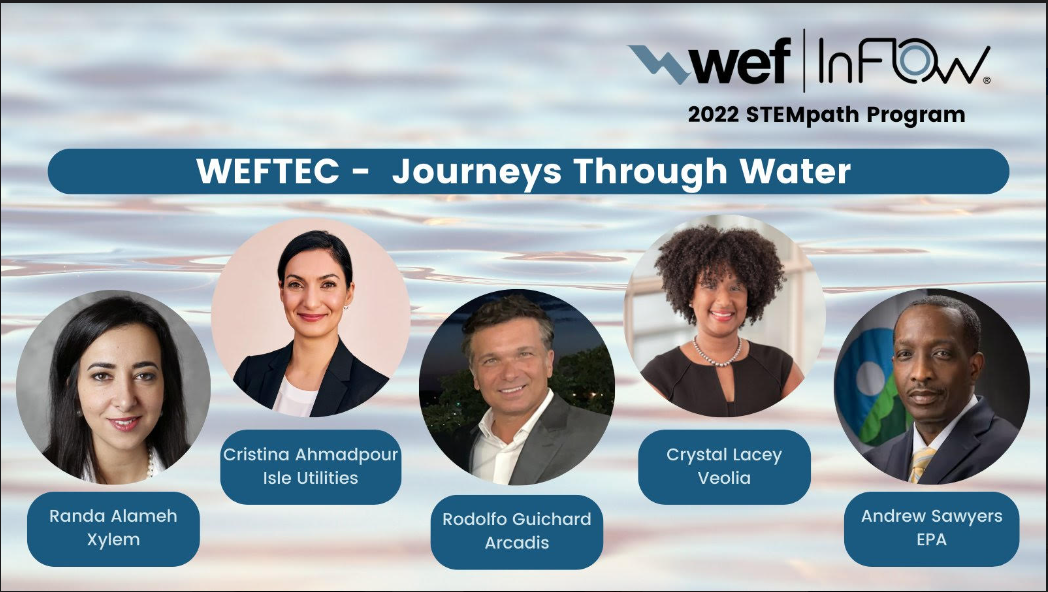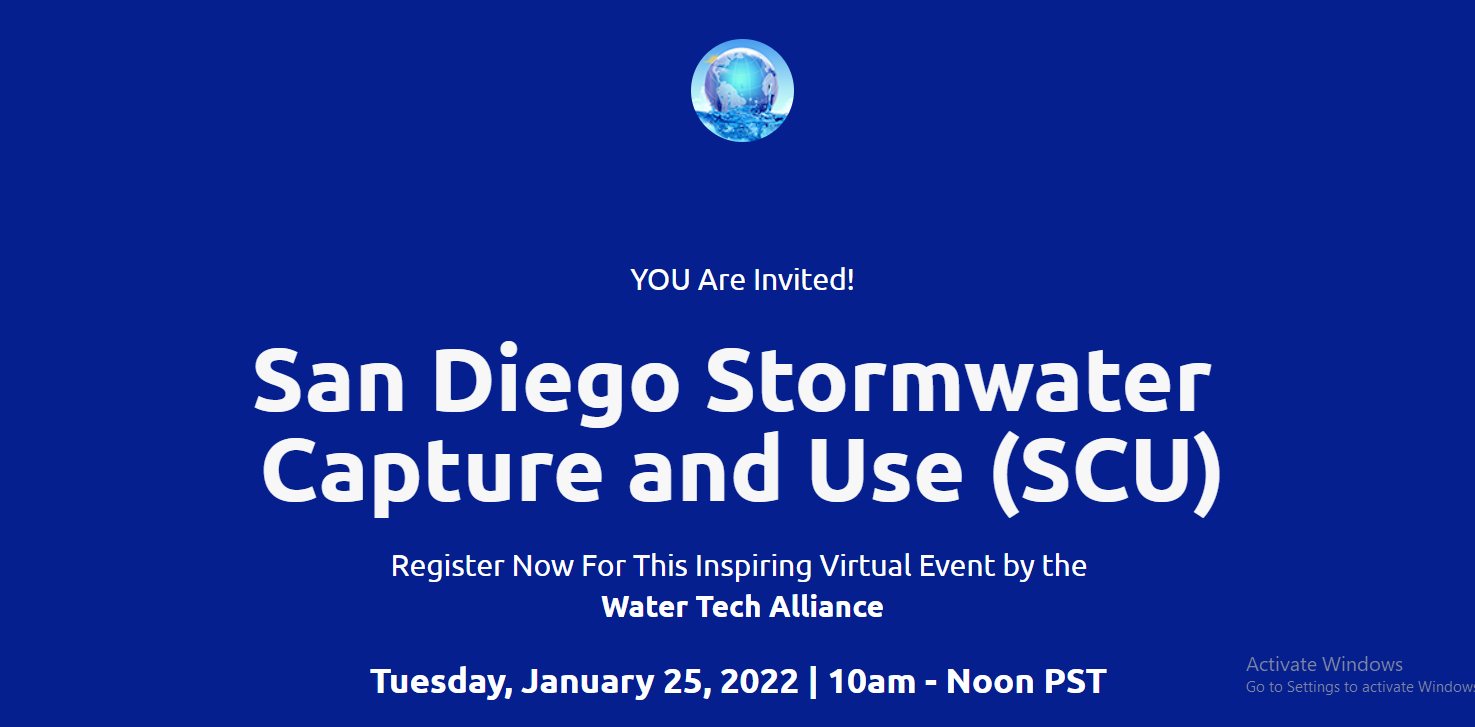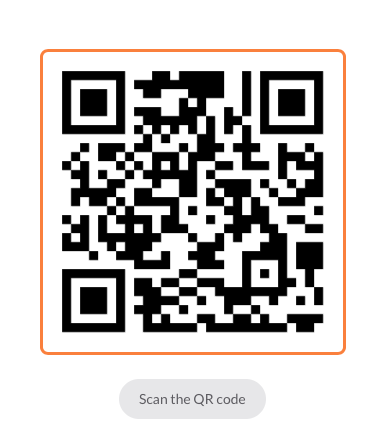“Smart Water” Systems O&M:
Wireless Sensors, Smart Meters,
AI, & Remote Control “Digital Twins”
During and after WWII, San Diego developed military instrumentation and dashboards for aerospace and naval sectors. San Diego’s instrumentation expertise serves as a foundation for the “smart” tech and digital tools that optimize today’s water and wastewater systems.
Beginning in 1947, water was imported for the growing region and its agriculture. Over the next three decades, academia (UCSD and Salk in the ‘50s and ‘60s) grew a biotech sector in the 1970s, which contracted San Diego to ensure water security. In the 1980s, San Diego built its first wastewater treatment plant. Waste/water plant operators documented water quality data by hand for 50 years, until the digital revolution changed everything.
By 2000, the digital revolution of wireless connectivity had arrived. Local Fortune 500 company Qualcomm had sold 1M mobile phones. Its Code Division Multiple Access (CDMA) innovation grew wireless (WiFi) radio network areas (cells) and broadband connections to the worldwide web of interconnected devices —the internet— and grew our $245B economy. As cell phones became “smart phones” with an integrated computer, software, and web access, San Diego City and County water utilities also became “smart water” utilities. Network-connected cellular devices easily gather useful data, such as water flow and quality (the focus of Xylem‘s San Diego brands Sontek and YSI).
“Smart” water utilities use wireless sensors for real-time monitoring of fresh water distribution and wastewater treatment systems’ assets (like pipes, pumps, mixers and membranes).
System function data (such as in-pipe water pressures; pumping energy; and membrane output of clean water) help utilities detect membrane fouling, as well as locate leaks in system water mains and service connections (aka “nonrevenue water” that was sent but not delivered and billable). Globally, water loss averages 25%-50% of all distributed fresh water (33B gallons, worth US$150B) annually due to leaks, faulty metering, theft and evaporation. In the USA, NRV is 20%; so in the USA’s less water-rich areas (like San Diego), utilities aim to fix leaks quickly to save water, money and the energy required to treat and pump leaked water. (A 10% reduction in energy use by U.S. drinking water and wastewater systems would save 5 billion kWh annually.)
Smart water utilities’ data are uploaded to long-range (LoRa) radio or large-scale outdoor field area networks (FANs), which do not need 5G, although San Diego now has it. LoRa networks with open wireless data standards (ISO/IEC 27001) for Internet of Things cybersecurity (EEE-certified encryption and device certification) are used in many municipal data acquisition and analysis applications, aiding cross-industry collaboration in reducing utilities’ energy and water footprints. Sensat, a leading visualisation and collaboration software company for civil infrastructure, is studying how automated leak detection can reduce leakage by 15% by 2025, among other benefits of automated wireless sensor data collection. Remote leak detection data auditing and analyses are mainly automated, and enable fast remote control of valves and pumps via human-machine interface (HMI)/supervisory control and data acquisition (SCADA) systems. Xylem’s (2014) SmartRun real-time data diagnostics of pumping systems’ pressures and energy usage, significantly and strategically reduced pump energy demands, as well as leak detection. Xylem’s FieldSmart Technology adds remote access to data and remote controls of engines from smartphones and utility computers, enabling remote shutoffs and prep for emergencies (for example, pumping down water storage to cut risks of sewer overflow during floods). Xylem notes that cloud computing dramatically lowered costs and time needed to gather and analyze data, thereby also speeding remote controlled responses to emergencies.
In 2015, the White House announced the Smart Cities Initiative. Qualcomm and CH2M helped lead WH “Internet of Things” (IoT) exhibits showing how analyses of water “edge data” from wireless sensors (such as Xylem’s), are transforming water and wastewater sectors into high-efficiency models of water and energy management. National Geographic named San Diego as 1 of only 4 “Global Smart Cities” that year, as a result of Qualcomm’s wireless and IoT leadership. Qualcomm (2018) hosted our Water Tech Alliance to talk about their Intelligent Tech Solutions, improving water and energy efficiencies at Petco Park and Pure Water San Diego. Qualcomm Advantage Network (QAN) now offers cloud data storage, computational expertise, and cybersecurity services to seamlessly manage “edge data”, including seamless, scalable IoT protection for any SIM- or CDMA-based cellular device in public and private mobile networks on the interoperable Global System for Mobile communication. San Diego utilities are expanding cellular-based advanced metering infrastructure (AMI) via customers using the Flume at-home water use/leak monitoring devices –and must protect customers as well as themselves from threat actors seeking to use/drain cellular devices to steal sensitive information about municipal networks, to block/disrupt water or other municipal services, or extort ransoms for not doing so.
Global technical interactions, good and bad, are increasing emphasis on cybersecurity, and collaboration with international experts, such as in Israel.
San Diego also gets satellite data on underground leaks (and groundwater). In 2019, Israeli company UTILIS (https://utiliscorp.com/ and its US subsidiary ASTERRA, hq’d in San Diego) piloted their patented satellite-based soil-penetrating microwave tech to detect underground leaks from San Diego County drinking water pipes, thus guiding capital improvement projects (CIP). UTILIS and Suez (now Veolia) have created a “MasterPlan” product, with actionable insights for utility O&M managers worldwide, from from San Diego leak detection data analyzed by artificial intelligence.
Artificial intelligence, combined with human expertise, is an efficient collaboration for analyzing data on leaks or membrane fouling, along with maintenance procedures for distribution or reverse osmosis systems, to help utilities evolve proactive/predictive O&M decisions/schedules/plans to avoid water discharges into the environment, or unplanned shutdowns, as well as optimize the energy efficiency of water treatment and control of wastewater greenhouse gas emissions. Real-time data-driven “intelligent” water (quality, volume and energy) tracking with machine learning, enable smarter remote command/configuration decisions by operators, administrators, managers, cybersecurity business partners, and other authorized users. During Covid distancing, the digital twin sector grew quickly around the world. Stantec is contracted by the City of San Diego as a digital twin for water utility programs like Pure Water San Diego. “Digital twin” tech (including LoRa/FANs) and services are delivered by the global digital twin sector’s trusted leaders, including Evoqua, Grundfos, Ovivo, Veolia, and Xylem, each engineering new digital twin solutions to connect and integrate asset information into performance optimazation, while minimizing emissions.

 WTA BEER SOCIAL
WTA BEER SOCIAL


